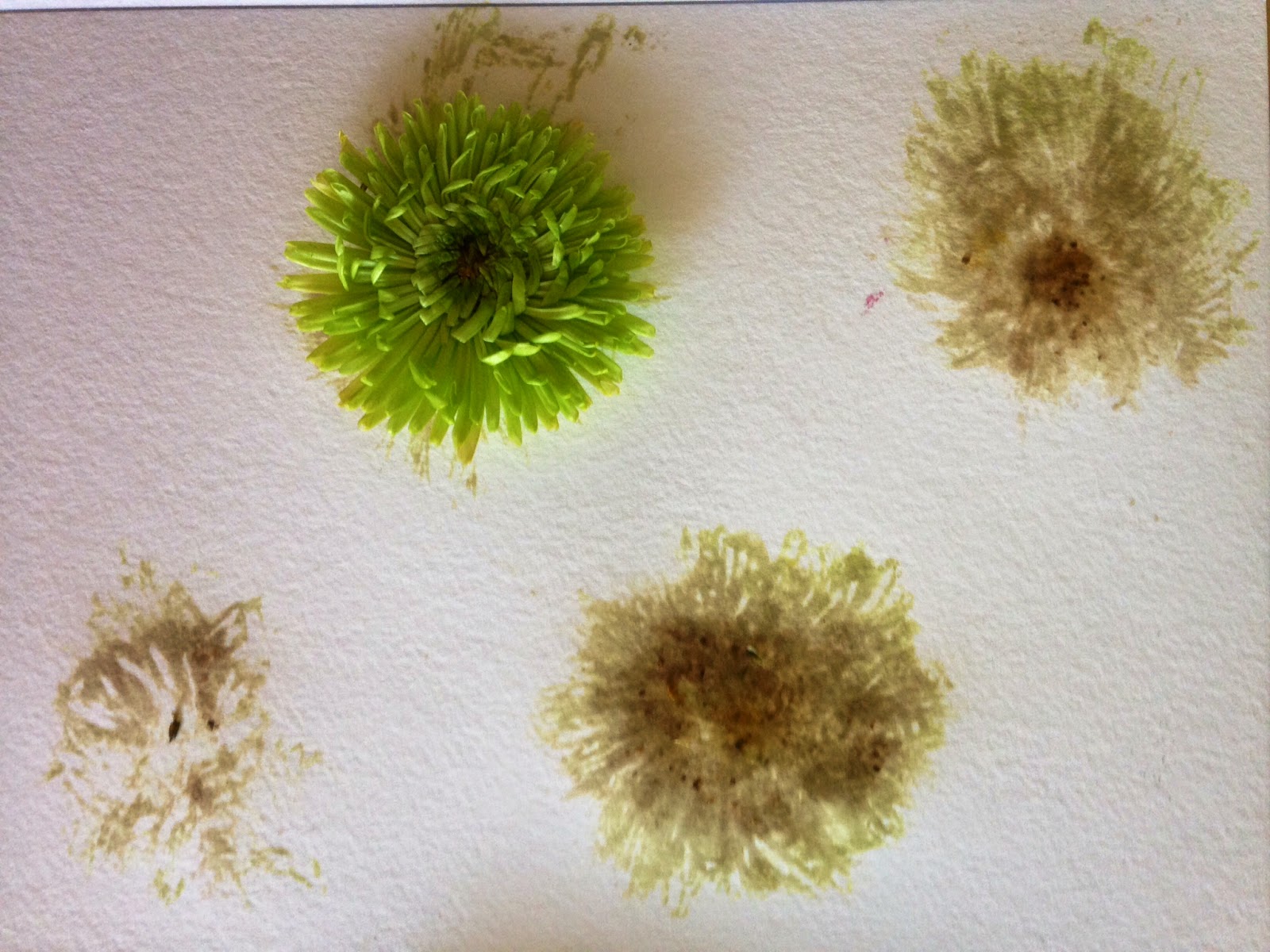Here's what you'll need:
1 2/3 cups of flour
 2 Tablespoons of poppy seeds
2 Tablespoons of poppy seeds1 teaspoon of baking powder
1/2 teaspoon of salt
1 cup of sugar
2 Tablespoons of lemon zest (they say 3 lemons, I used 2 without any problems)
1/2 cup of unsalted butter at room temp.
3 eggs
1/2 teaspoon of vanilla extract
1/4 cup + 2 Tablespoons of sour cream (see what I mean?)
1/4 cup of milk
2 Tablespoons of lemon juice
For the glaze:
1/4 cup of sugar
3 Tablespoons of lemon juice
Start by preheating your oven to 350, take your bread pan, coat it with PAM (or butter) and flour the inside of the pan. Trust me, it'll make it a lot easier to get it out of the pan once all is said and done.
Grab a medium size bowl (not your mixer) and whisk together the flour, poppy seeds, baking powder and salt until combined (they say 20 seconds but honestly, who's counting??).
In your mixer, add your sugar and lemon zest.
Here it gets kind of ridiculous but using your fingertips, rub the lemon zest and the sugar together until the sugar becomes pale yellow. Hey, at least your fingers will smell delicious!
Add butter to the mixture and mix until it's fluffy. Be sure to scrape the sides to get it all whipped together. Add one egg at a time and finally, add the vanilla. Note: if you drop an eggshell and then accidentally put it on high instead of turning off the mixer, it's really frustrating getting all the shell pieces out... or... so I've been told... ahem...
In a small bowl, whisk together your milk and sour cream and heat in the microwave until warm (30 seconds and it'll start to curdle!)
Now here is where the instructions really start to annoy me. They want you to add 1/3 of the flour mixture to the mixing bowl, then 1/2 of the milk mixture, then 1 Tablespoon of lemon juice, then another 1/3 of the flour, 1/2 of the milk mixture, 1 Tablespoon of lemon juice, then the rest of the flour mixture. If you want to add all the ingredients this way, it's up to you, but I honestly don't see how this is going to affect the way the bread tastes. My advice? Just don't add the flour mixture all at once or you'll have a big mess to clean up!
Pour the dough into the bread pan and smooth out the top.
Bake for 40 minutes, cover it with foil (making sure the foil doesn't touch the bread), and then bake for another 10 minutes or until a toothpick inserted in the center comes out clean.
Now as I mentioned earlier, they want you to wait 5 minutes before removing the bread from the pan. While it's cooling, add your lemon juice and sugar in small bowl and heat for 15-30 seconds, or until the sugar has dissolved. This will serve as your "glaze".
Take the bread out of the pan and brush the top with the glaze. Give it a few seconds to absorb the first coat, and then add on another coat of glaze. The more glaze, the better (considering it's not very thick).
And there you have it, folks. The simplified version of lemon poppy seed bread! Try not to devour it all at once before your drug test...
TOTAL COSTS: About $25 (if you don't have any ingredients - prices from Vons)
$3.29 for flour
$6.29 for poppy seeds
$1.99 for baking powder
$.99 for salt
$2.69 for sugar
$.99 for 2 lemons (used lemon juice from lemons)
$.99 for butter
$2.79 for eggs
$1.99 for sour cream
$2.29 for milk
Used homemade recipe for vanilla extract
TOTAL AMOUNT OF TIME: 1 hour, 30 minutes
30 minutes to prep the dough
50 minutes in oven
5 minutes to cool
5 minutes to glaze
EASY-PEASY SCALE (1 super easy - 5 very difficult): 2 out of 5
Making bread isn't difficult, I assure you, it's just instructions like the original that make it sound more complicated than it actually is. The hardest part is making sure you don't burn the darn thing. Keep an eye on it and you'll do just fine!























































